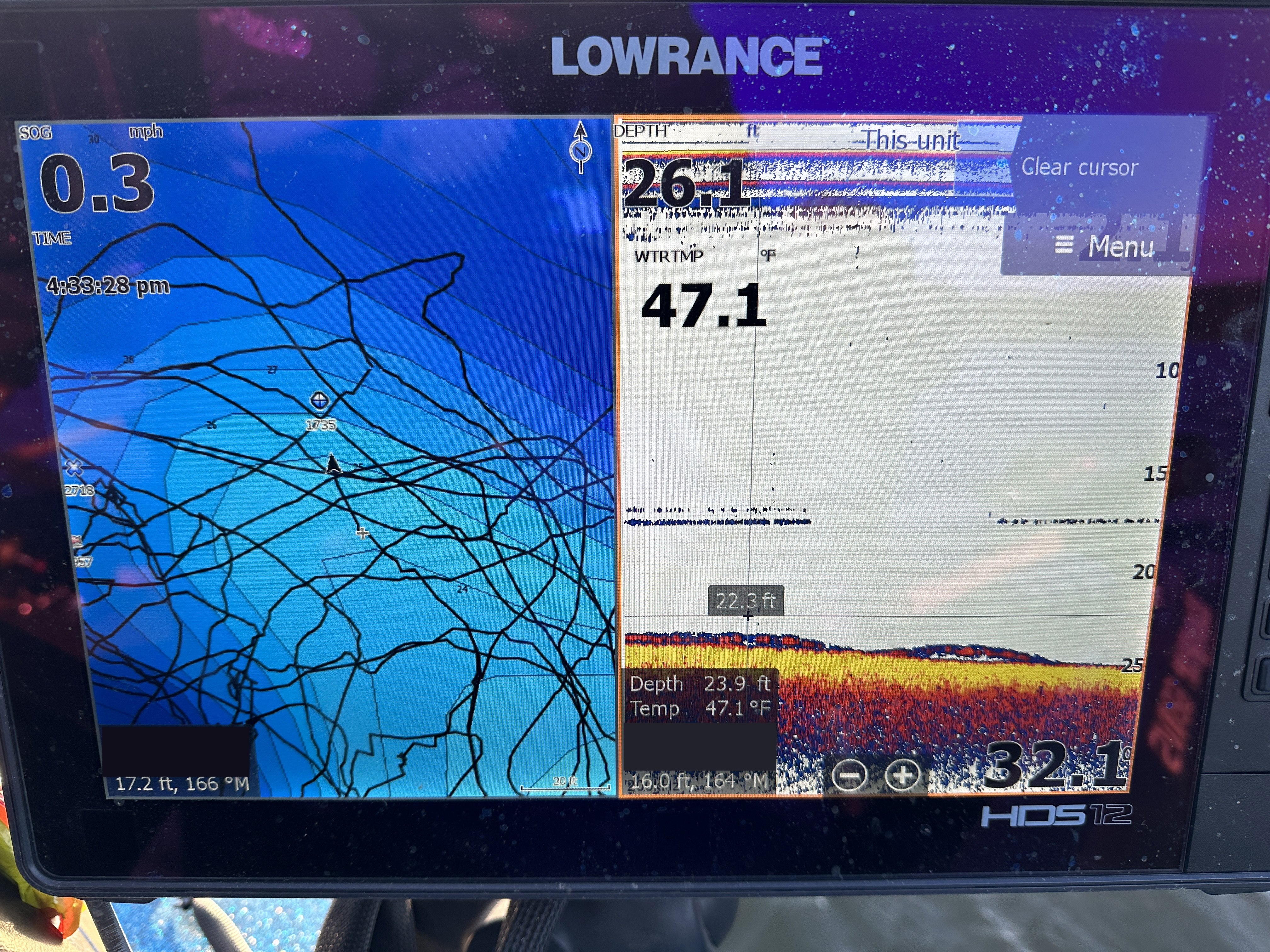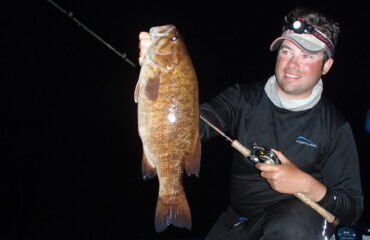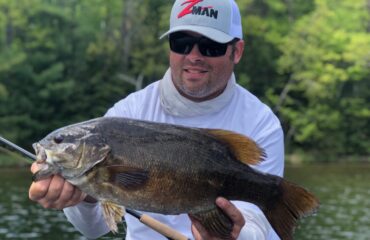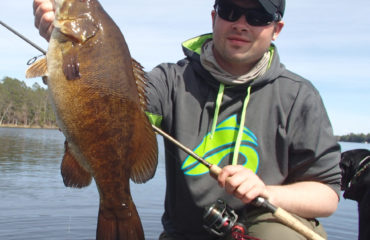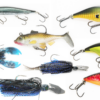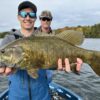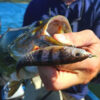Better Understanding Wintering Smallmouths
Back in the day, I was of the belief that once lake turnover completed, most fish species moved out into the deepest areas of the lake where they’d live through the winter. My thought was that they’d be in the deepest, most tolerable water available (to them) for survival and protection. Keep in mind, back then, I had nothing but a paper map and a Garmin FishFinder 240 to locate them.
Some 25-years have passed since these initial thoughts. Nowadays, with a lot more sonar, forward facing too (but not I!) and extravagant underwater imaging technology out there (cameras included too), and greater-skilled smallmouth anglers targeting these fish later in the year, recent findings and documentation have brought new wintering logic to light.
Smallmouths will winter in specific depths and locations the individual waterbody offers them. Each lake, and its fishery, is unique in this regard. This holds true on river fisheries too.
Across Wisconsin’s inland lakes, the traditional norm and comfort zone to smallmouths is commonly between the 20 to 30-foot depths – as most wintering colonization is established in these depths. Find any forms of structure, habitat, o


